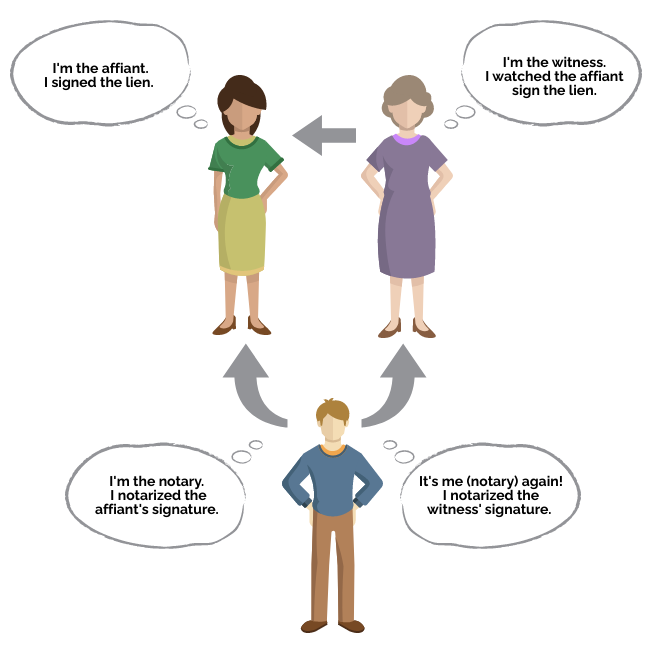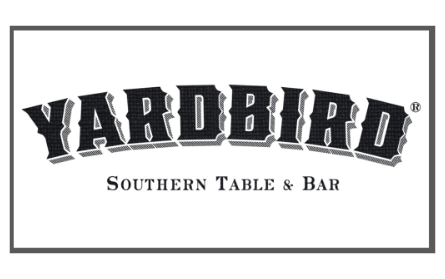
What You Should Know about Tennessee’s New Construction Statute
In June, the Tennessee legislature passed the Construction Industry Payment Protection Act SB2681/HB2706 (Public Chapter 749), and the statute became effective 7-1-20, but only for contracts entered, amended, or renewed on or after 7-1-20. The statute changes include additional prompt pay provisions, the implementation of a new stop work notice, and a demand for reasonable assurances.
Notice to Owner | Construction and Consumer Protection Act of 1975
Those contracting directly with the owner on a residential project or improvement are required to serve a Notice to Owner in compliance with Tenn. Code Ann. § 66-11-203. The newly prescribed form follows:
Delivered this day of , 20 by Contractor
The above-captioned contractor hereby gives notice to the owner of the property to be improved, that the contractor is about to begin improving the property according to the terms and conditions of the contract and that under the provisions of the state law (§§ 66-11-101 – 66-11-141) there shall be a lien upon the real property and building for the improvements made in favor of the above-mentioned contractor who does the work or furnishes the materials for such improvements for a duration of one (1) year after the work is finished or materials furnished.
Contractor
SB2681/HB2706 includes changes under the Prompt Pay Act:
Interest on Late Payments: Late payments will accrue monthly interest of 1.5%, unless otherwise specified in the contract. (§66-34-601)
Prompt Payment: Under §66-34-703, banks/lenders/insurance companies must also comply with the Prompt Pay Act if they are the project owner – which means they must maintain funds in trust, just like everyone else.
Notice of Rights to Seek Relief under the Prompt Pay Act: Tenn. Code Ann. § 66-34-602 provides the requirements for making a claim under the Prompt Pay Act, along with a form for the required notification:
This letter shall serve as notice pursuant to the Tennessee Prompt Pay Act, Tenn. Code Ann. §§ 66-34-101, et seq., of [prime contractor or remote contractor]’s intent to seek relief under the Prompt Pay Act. [Prime contractor or remote contractor] furnished [description of labor, materials, or services furnished] in furtherance of improvements to real property located at [property description] pursuant to its written contract with [lender, owner, prime contractor, or remote contractor]. [Prime contractor or remote contractor] first furnished labor, materials, or services on [insert first date] and [“is still continuing to perform” or “last furnished labor, materials, or services on (insert date)”]. If [owner, prime contractor, and/or remote contractor] fail(s) to make payment, arrange for payment, or provide a response setting forth adequate legal reasons for the failure to make payment to [prime contractor or remote contractor] within ten (10) days of your receipt of this letter, then [prime contractor or remote contractor] may, in addition to all other remedies at law or in equity, file a lawsuit for equitable relief, including injunctive relief, for continuing violations of this chapter.
Stop Work: Further, Tenn. Code Ann. § 66-34-602 provides that if the party served with the above notice does not respond with payment, or a response with adequate reasons for failure to pay within 10 days of receipt of the above notice, the unpaid party may stop work.
Demand for Reasonable Assurance: Code Ann §§ 66-34-6 (a – c) is brand new to TN statute. In short, the prime contractor can request confirmation from the project owner that the owner has the available funds/financing to pay the prime contractor for services rendered. In other words, “I want to be assured you can pay me.” Upon receipt of the request, the owner has 10 days to provide “reasonable evidence (of)…financial arrangements sufficient to fulfill the… obligation to make all payments in accordance with the written contract…” The demand can be sent with a notice of non-payment or independently.
[Prime contractor or remote contractor] furnished labor, materials, or services in furtherance of improvements to real property located at [property description] pursuant to its written contract with [owner, prime contractor, or remote contractor]. As of the date of this letter, [owner, prime contractor, or remote contractor] owes [prime contractor or remote contractor] the sum of [amount past due], which is past due or for which [prime contractor or remote contractor] asserts it has not been paid from [owner]. Such amounts were due on or before [insert due date] pursuant to the written contract between the parties. Pursuant to T.C.A. § 66-34-603, [prime contractor or remote contractor] demands [owner] furnish reasonable evidence that [owner] has made financial arrangements sufficient to fulfill its obligation to make all payments in accordance with the written contract or setting forth adequate legal reasons for your failure to make payment, within ten ( 10) days of your receipt of this letter.
New Forms | Prompt Pay Act Notice & Demand for Reasonable Assurances
I mentioned them in above, but wanted to point out, the statute changes did include the addition of new forms for the Notice to Owner, the Prompt Pay Act Notice, and the Demand for Reasonable Assurances.
Remember, statute became effective 7-1-20, but only for contracts entered, amended, or renewed on or after 7-1-20. If you have questions about these changes in Tennessee, please contact us!








